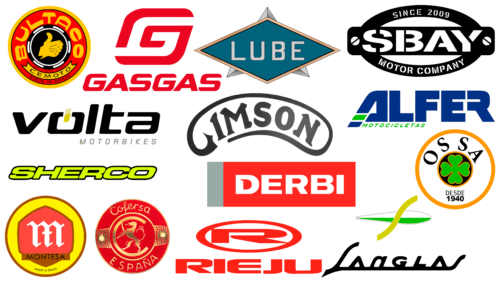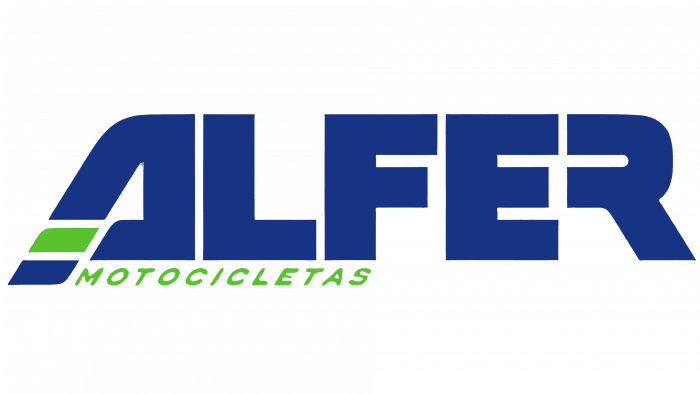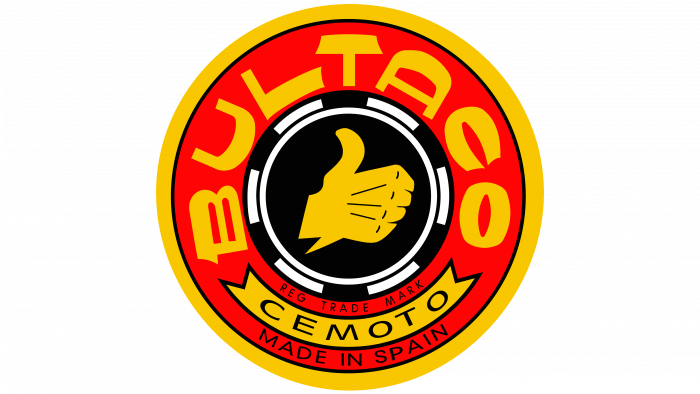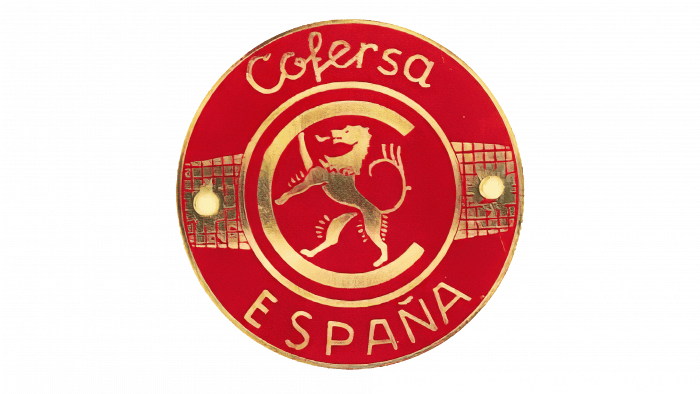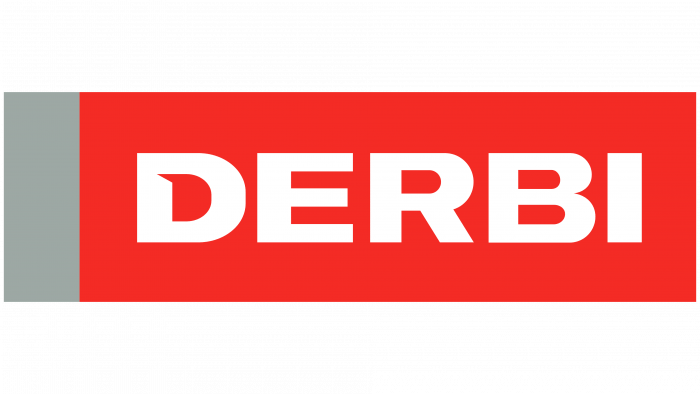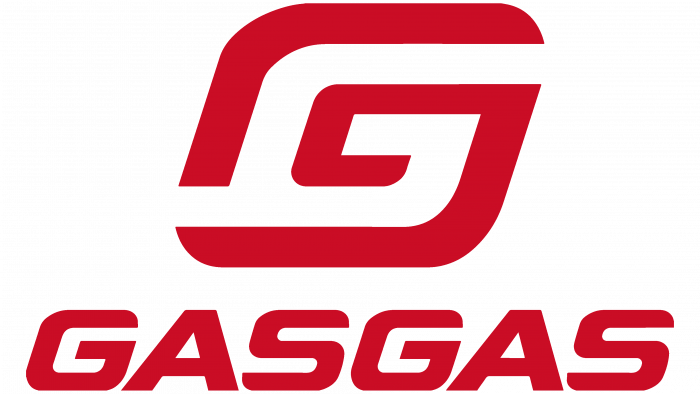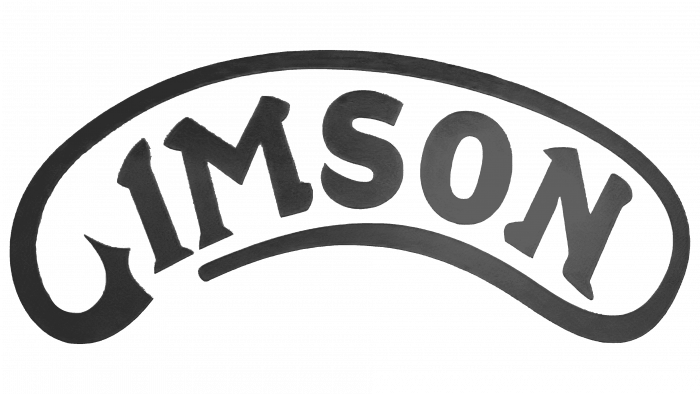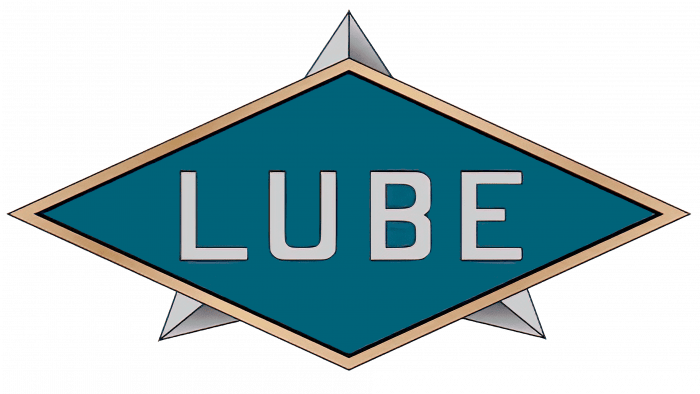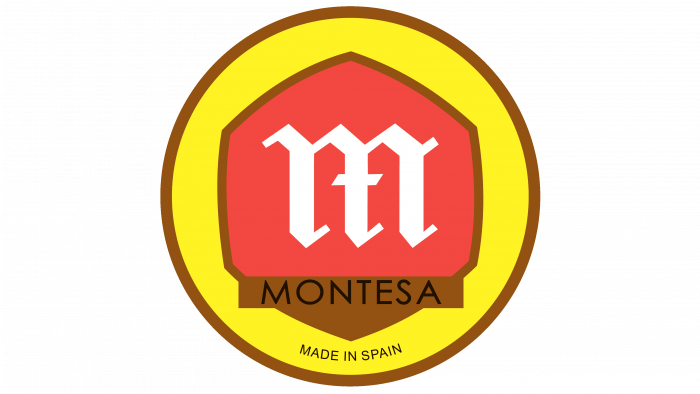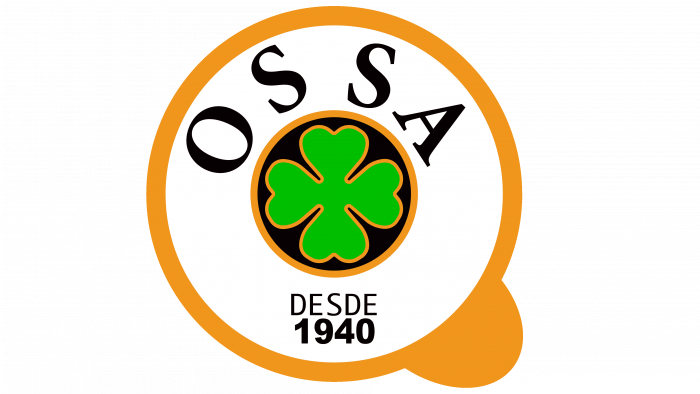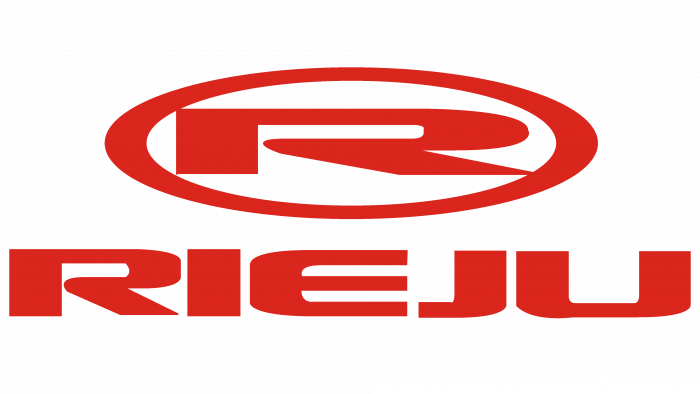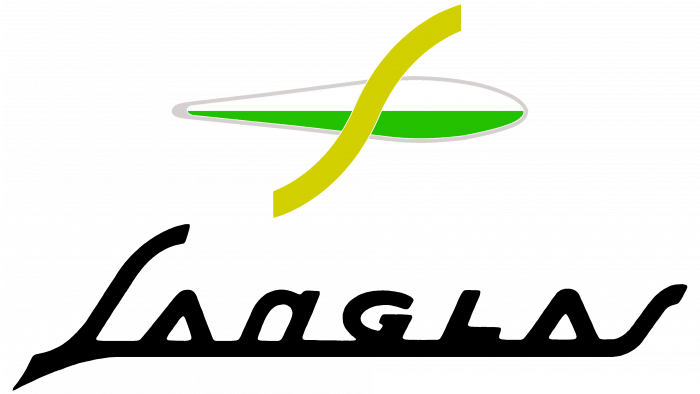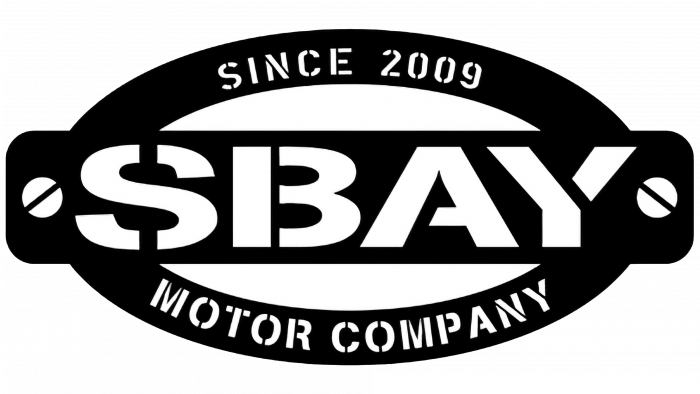Among European manufacturers, the Spanish are distinguished by their stable production of motorcycles, which was established at the beginning of the last century. Despite the difficulties experienced by Spain during this period – constant political struggle, civil war, and economic recessions – the country has spawned more than 80 brands in this field. Given the great love of Spaniards for this mode of transportation, motorcycles were used by almost everyone, regardless of gender or age; the production of machinery was a particularly developed business on the Iberian Peninsula. Studying the history of the development of motorcycle production, one can get the impression that the process of motorcycle manufacturing itself was a favorite of the Spaniards. After all, even in the period of decline in production, they continued to create and license foreign brands such as Ducati, Moto Guzzi, and other bright representatives of the Italian motorcycle industry.
One of the most ardent defenders of domestic motorcycle production was Franco, who pursued a strict anti-import policy, developing his industry and small business. Especially high demand for cheap and economical machinery appeared after the civil war, which brought the sale of motorcycles to the first place in the country. This period can be called the golden age of the Spanish motorcycle industry. The leaders in this direction were such brands as Montesa, Ossa, and Derbi. Many model lines of these companies were recognized outside the country and exported to Europe and the USA.
In the 60-70s of the last century, Spanish sports models with small engine displacement became permanent leaders of the Grand Prix. However, off-roaders, enduros, and trials of this country received a great demand abroad. However, the death of Franco in 1975 opened the domestic market for imported manufacturers, which made it impossible for many domestic brands to compete with multinationals. Today, only a few local manufacturers continue to exist in Spain. Naturally, among them survives the once largest brand – Ossa, which alone struggles for a place in the domestic market. Bultaco and Montesa survive at the expense of foreign investment, cooperating with Honda.
However, it can be said that along with the sharp drop in production and the closure of almost all national factories in the area, the Spanish motorcycle business is experiencing a renaissance. The small businesses that have sprung up in abundance have suddenly attracted the interest of large international trading firms and direct customers from abroad. Such companies include Gas Gas, which made a sensation in the States, Beta Motorcycles, and Sherco. Rieju and Derbi continue to fight for the European market.
Alfer
The end of the last century, namely 1980, was the year when Francisco Almirall, a famous motorcycle racer of the time, founded his brand to manufacture and sell motorcycles. He named his company Alfer and designed and assembled the machinery himself. The business was very successful in a market that was occupied by foreign corporations. This was due to the fact that the designer himself perfectly understood all those urgent requirements that athletes imposed on their off-road sports “horses.”
The brand has changed its logo several times, recently presenting the latest modern and original version. It is characterized by compliance with modern requirements of digital execution, high visual quality, and brevity. The color palette used is typical of the founder’s sportswear – dark yellow-green in the design of the stripe on the leg of the letter “A” in the brand name and the word MOTOCICLETAS underneath it, slanted to the right, and dark purple in the design of the Alfer name itself. The main text was written in a graphically crafted custom font that features symmetrical rounding of the outer corners in the first and last letters to symbolize the streamlined body of the motorcycle. The last letter has no sideline, opening up the previous one and forming the visual symmetry of the negative space of the three letters “FER.” The letter “A” has an elongated left leg, which provides visual unity of the whole composition, uniting all the words in a single whole.
Bultaco
The company was founded in 1958 by Francesc Xavier Bulto, designer of another leading Spanish brand, Montesa, where he had worked since its foundation in 1944. The brand was originally headquartered in Adriana de Besos near Barcelona, Spain. Until the late 1960s, the brand specialized in single-cylinder models. But the only two-cylinder variant of Bultaco Pursang, created by him, became a real king of Spanish motorcycles. The company was closed in 1983. In 2014, there was an attempt to revive it with the Derbi brand. But since the closure of the company, no new original products under this brand have appeared.
The newest Bultaco logo is a bright round emblem consisting of several colors – bright yellow and red and contrasting black and white. The basis of the emblem composition is the wheel symbol, which represents several circles of different sizes inscribed in each other. The upper circle is made in yellow. From the wide red, it is separated by a thin contrasting black contour. It is followed by a black circle with white dashes, symbolizing the construction of the motorcycle wheel and its disc. It is separated from the central black circle by a thick white contour. On the circumference of the red sector, the brand name is printed in large bold font in yellow color, repeating the contour of the circle. In the lower part, there is a transparent yellow ribbon with a black border with the inscription CEMOTO. – Above the ribbon is REG TRADE MARK in black thin lowercase letters. And below it is the inscription MADE IN SPAIN. The accent element of the logo is the central image of the stylized “excellent” sign, conveyed graphically by the image of a clenched fist with the thumb raised upwards, with a lightning bolt clasped in it, the lower part of which protrudes.
Cofersa
For 12 years, the Spanish motorcycle business has been represented by the Cofersa brand, founded in 1954 by José Mercader, who has been producing auxiliary engines for motorcycles since 1953, initially creating the company Construcciones Ferrusola SA in Madrid, Spain. The launch of the first complete motorcycle in 1954 was the birth of a new brand. The peculiarity of the whole line of Cofersa was the use of a licensed power plant of the local assembly – Hispano-Villiers, which provided high reliability of the equipment. One of the features of the company’s products was the mandatory care about the comfort of riders. Thus, in 1959, the Helix model appeared, the design of which was based on stamping and had a protective grille on the rear fenders. This was done to ensure a comfortable ride for women in skirts so that the latter did not get entangled in the rear wheel.
The emblem of the brand was characterized by pretentiousness, elegance, and aristocratism. Red and gold colors made it visually rich and especially attractive. The heraldic element confirmed its claims to aristocratism – a golden chimera standing on its hind legs and leaning on a golden letter “C” turned to it – the first letter of the brand name. The emblem has a round shape. Its entire space is filled with a bright red shade. The outer contour is made of gold, and the central sector is highlighted by an accent composition along the contour. On the outer circle in the upper part of the upper part in gold font, the name of the brand is handwritten. The name of the country of manufacture is written below in lowercase. To the right and left of the central circle are “ears” of gold cubes, which give the central composition a visual perception of the champion’s belt in boxing.
Derbi
Derbi Nacional Motor is a Spanish motorcycle brand that began operations in 1922. The first workshop was opened by Simeo Rabasa y Singla in the village of Molet near Barcelona. Two-wheeled vehicles were repaired there. Until 1949, the company grew rapidly, becoming a major motorcycle retailer. The main volume of sales was products with small cubic meters. The company produced scooters, motorcycles, and mopeds. In the early 1980s, it became part of the giant Italian motorcycle holding company Piaggio & Co. SpA, focusing on products for the youth audience – small sport motorcycles and cheap scooters.
The brand logo is simple and laconic. Consisting of a text element – the name of the company, made in bold white lowercase font Sequel 100 Black 75 by OGJ Type Design on a bright red background, it is easy to read and looks good on any background. The attractive and eye-catching rectangular logo has a wide accent stripe in gray along the right edge. It draws the eye to the logo, moving it directly to the most important element – the name of the brand. It uses a visual lure by adding a “tail” at the top of the negative space in the center of the letter “D,” which refers the viewer to a visual feature of the motorcycle’s external shape, its prominent element – the front fairing protruding above the motorcycle body.
Gas Gas
The brand was founded in 1974. The first motorcycles rolled off the assembly line in 1985. Successful models won good demand, giving impetus to further development of the company. In 1989, the brand decided on the direction of production and began to produce light motorcycles – cross and enduro. In 2002, the first ATV was released. After the departure of the Spanish bank from the auctioneers in 2015, the brand was on the verge of bankruptcy. An alliance with Black Toro Capital somewhat corrected the situation, but in 2018, the problems began again. A year later, it was acquired by KTM AG, which, along with preserving the main directions and developments of Gas Gas, plans to make significant changes in the production vector.
The brand chose a stylized image of the letter “G” as its mark. Its graphic image is created in such a way that in one symbol, one can see the first two letters of the words of the name at once. The capital letter “G” includes the capital letter “g,” which is the element forming the inner tail of the big letter. The full text of the name – “GASGAS” – is written under the sign in lower case with a traditional auto-moto brand slant to the right, symbolizing speed and forward movement. All elements of the logo are made in an attractive bright red color, which has become the company’s corporate color and is used on most models of the company’s equipment.
Gimson
In 1930, Pierre Gimbernat-et-Batl founded the company, which was first licensed to sell bicycles and motorcycles by the French firm Automoto in the province of Girona. As a well-known Spanish watchmaker, Gimbernat moved to Figueres to expand his retail space, opened a store and service store, began repairing and selling watches, and added Automoto products. To differentiate himself, he decided to create his own brand, naming his company – Gimson. This name was an abbreviation of “Gimbernat and Sons.” The accumulated experience allowed already in the mid-50s of the last century to begin production of mopeds, having received an order to equip the patrol police of Spain, which included a rifle mount. The premature death of the founder-led to the closure of the brand in 1982. All rights to it were acquired by the Benetti brand.
In addition to the original design of products and high technical characteristics, the brand was remembered for its original logo. The graphic design of the composition was very similar to the emblems used by beer brands. It was based on a text composition – the name of the company. The brand name is made in the form of a half-arc with a specially designed hand-drawn font. The text is a composition in which the first letter, “G,” has an upper element, made in such a way that it covers the whole text in an arc, smoothly and symmetrically overturns at the bottom, visually uniting all the letters into a single whole. The original execution of the letter “I” in the form of the number “1” symbolizes the importance of the brand in its field. The color palette – golden letters and a black-red border – makes the logo attractive and memorable.
Lube
The name of Lube, a Spanish motorcycle manufacturer that started its business in 1947, echoes the modern brand of a lubricant manufacturer. It’s a situation often found in global practice. Founded by Luis Bejarano Morga, the brand of motorcycles produced equipment that was in great demand. However, the company’s management decided to change the powertrain, installing the German NSU Motorenwerke, which made the Condor a bestseller. Despite this success and sales of over 1000 units per year, the company closed in 1967.
Finding Lube motorcycles today is quite difficult. But the emblem of the once successful brand has remained in the memory of motorcycle enthusiasts. It is a horizontal rhombus in the foreground, behind which there is a five-pointed star, partially hidden by it. Three prismatic rays protrude from behind it. The star is silver in color with shadow effects that create volume. The rhombus has a gold border and an opalescent green inner surface. The text of the brand name is placed on it, made in silver font with an artistic design of lowercase letters, reminiscent of the digital design of Dharma’s A 500 system.
Montesa
Montesa was founded in 1944 in Barcelona, Spain, by two men with a common passion, Pedro Permanyer Puyhaner and Francisco Javier Bulto, and has an unusual history. Initially, the founders were engaged in tuning military cargo transport, carrying shells. But a year later, after the end of World War II, the brand refocused on lightweight, inexpensive motorcycles, for which there was a massive demand after the war. Five years later, sports models for circuit races went into production. In the 60s, the production of sports off-road vehicles began. The entry of foreign manufacturers into the market in the 80s caused a crisis, which led to the sale of a controlling stake in Honda.
Despite this, the production of motorcycles continued under the old brand, which also retained its round emblem with the corporate colors – bright yellow and red. The emblem turned out to be very colorful and eye-catching. The use of gold in the edging of the outer contour and the inner hexagonal shape adds contrast, attracting attention. At the same time, this option provides softness of the overall perception of the composition. The field of the circle is filled with yellow color, and the inner part of the central figure is red. In the center, a white color with serifs is created with the gothic capital letter “m,” which, after the sale, acquired a break in the middle leg, symbolizing the loss of independence. Below the letter on a white rectangular plate with a gold border, the name of the brand is blackened.
Ossa
Spanish industrialist Manuel Giro founded a motorcycle manufacturing company in Barcelona, Spain, in 1924, giving it the name OSSA. The word was derived from Orpheo Sincronic Sociedad Anonima, his own company that produced movie equipment. Refocusing on racing cars, road bikes, and off-roaders, Giraud changed the name of the family company to an abbreviation of the previous one, thus preserving the history of his brand. Famed racer Mick Andrew won a championship title on OSSA machines. However, after his departure to Yamaha and an unsuccessful merger with Bultaco in 1982, the company lost scale, becoming a small production facility. In 2010, the brand was bought out, beginning a second life.
Today, the brand’s logo is a circle with a dark yellow rim consisting of two circles, a large one in white. The smaller one, with a border of the same shade, only of a smaller thickness, has a black inner space. The central element of the whole composition is a symbolic image of a floral miracle – a four-leaf clover, which is a symbol of luck and success. The symbol has a dark yellow outline and is made in a bright light green color. Above the central circle on the contour, the name of the brand is inscribed in black lowercase letters. In some variants and when applied directly to motorcycle bodies, the dark yellow color is changed to gold.
Rieju
Luis Riera Carré and Jaime Juanola Farres founded one of the country’s most famous motorcycle brands in 1934. The name was made up of the initials of the founding friends. Initially, Rieju bike accessories were produced. The company, located in Figueres in the Spanish region of Catalonia, curtailed its development during the civil war. But in 1947, it produced its first motorcycle. In 1959, the Jaca lightweight motorcycle was launched. Small, economical, and inexpensive, it would become a sales hit for several years. Entering into a partnership with the Italian firm Minarelli in 1964, it would install its engines, resulting in a moped model that could reach speeds of 43 mph with a legal speed limit of 24. Today, Rieju is Spain’s leading manufacturer.
The company will design its logo in a bright red, catchy color. It will be rich and attractive, reflecting leadership, perseverance, and dynamism, fully in line with the brand philosophy. The main symbol of the logo will be the letter “R” – the first letter of the name, enclosed in an oval with a variable contour; below the symbol is the custom-designed inscription Ordin Ordin by Robert Corseansch in lower case. All the sharp corners of the letters are rounded in the font, except for the letter “I,” which follows the streamlined shapes of the brand’s models. The letter “I” symbolizes the stability of the motorcycle suspension, stopping the eye and drawing attention to the whole composition of the emblem.
Sangles
Spanish motorcycle manufacturer Sanglas was founded by brothers Javier and Martin Sanglas just after the end of the civil war in 1942. The company immediately demonstrated the advantage of its products, combining all the best of German and British motorcycles in its technologies, providing them with significant advantages in reliability, functionality, and durability. The most significant model of the brand was the 400T, which was produced until the company closed in 1989.
The company logo is the full name of the brand, made in a handmade font, including upper and lower case letters, as well as a non-standard design of both letters “S,” in shape resembling the side silhouette of a motorcycle handlebar. Traditionally, it was placed on the side of the fuel tank. The emblem includes a stylized image of the top of the horizontally positioned fuel tank, made in two colors – light green and white with a gray outline. It is crossed by a smooth sloping curve, which is a graphic representation of the letter “S” in a bright, attractive greenish-yellow shade.
Sbay
In the city of Sotogrande, located on the picturesque southern coast of Spain, there is a motorcycle company, Sbay Motor, which was founded in 2009. The brand sees its mission in the exclusive production of unique vehicles distinguished by maneuverability, power, individuality, and unique driving sensations. Each model produced by Sbay undergoes individual customization. This process is carried out together with the customer. Modern high-tech materials are used in production – carbon fiber and super strong, super light metal alloys. Components are made only by global manufacturers, including Ohlins, Brembo, or Rizoma.
For its emblem, the brand has chosen a modern version of the design, stylized as an old signboard of the late XIX – early XX century. It is a regular ellipse, through which passes a rectangular plate extending beyond the figure in length. On its edges are shown fasteners. Executed in contrasting black and white colors, it attracts attention with its historicity. But created using the achievements of modern technology, it is very easy to read in all versions. The top arch bears the date of the founding. At the bottom is part of the name – “MOTOR COMPANY.” The name itself is written on the center plate in large lowercase letters – Sbay. To enhance the effect of antiquity, all the letters are made as if they were assembled from planks.
Sherco
Marc Tessier, who founded the Sherco brand in 1998, immediately sought to expand the boundaries of his products. Today, the company has two branches in Western Europe – the main factory in Spain, where trials are produced, and in France, which specializes in enduro and supermotards. Having firmly occupied its niche in this market, the brand offers more than 100 models of sports motorcycles in 50 countries around the world.
The brand’s logo is characterized by its modern design, simplicity, and memorability. In digital and printed form, it stands out, especially thanks to the original choice of color palette. The text is made in bright signal yellow color, and the background – is in rich, deep blue. Their combination makes the whole composition stand out, making it especially attractive. The text of the brand name is typed in the italicized lowercase font Miedinger Bold from Canada Type, which has serifs and a flattened point. Each letter has a black outline that provides a clearer perception by strictly delineating the text from the background. The right slant is a traditional conveyance of speed, movement, and acceleration, a demonstration of the desire to move forward in one’s development.
Volta
Having worked in industrial design in the automotive industry for a long time, Marc Barcelo tried to realize his ideas about the current changes in it and in the motorcycle industry. In order to develop an environmentally friendly two-wheeled vehicle for urban riding, he founded his own company, Volta Motorbikes, in 2010. Already in 212, the designer presented the product of his creativity, characterized by high technical characteristics and a unique, attractive design. The model was released with three modifications – City, Sport, and MyVolta- which immediately conquered motorists with its appearance and performance parameters.
The brand’s emblem and logo are based on its name. The individually designed name font, in black uppercase, has a flat bottom for each letter. This visually emphasizes the location of each letter on one flat surface. The right slant is a symbol of movement and speed, of striving for development and leadership. The accent of the logo was the letter “o,” which has a space in the upper part, in which an accent symbol of bright signal yellow color was introduced, made in the form of a unit, which speaks about the superiority of the brand over others. This letter also became the main independent sign of brand visualization, effectively distinguishing it during digital identification.
